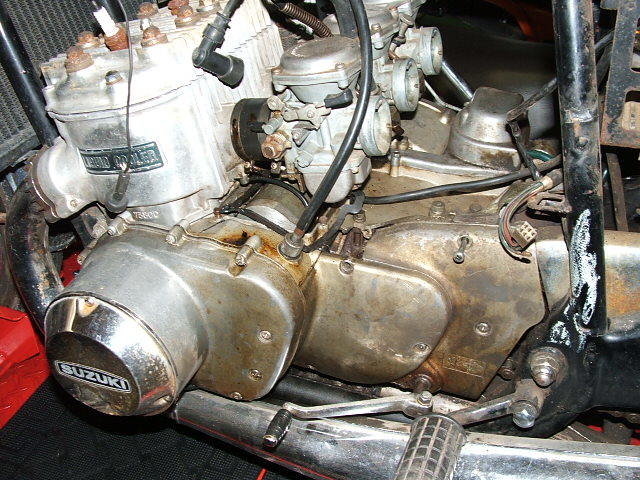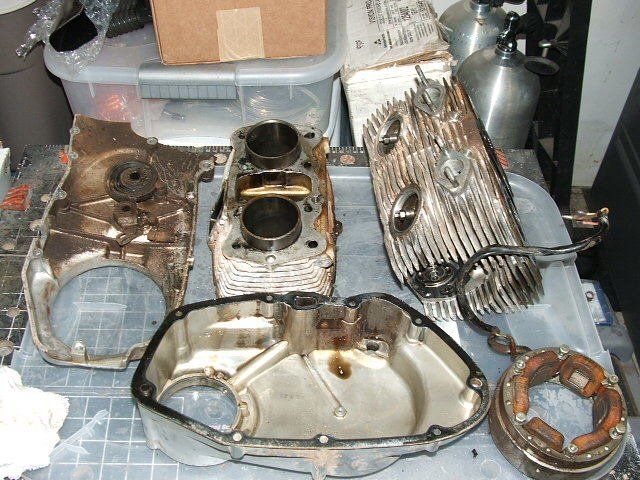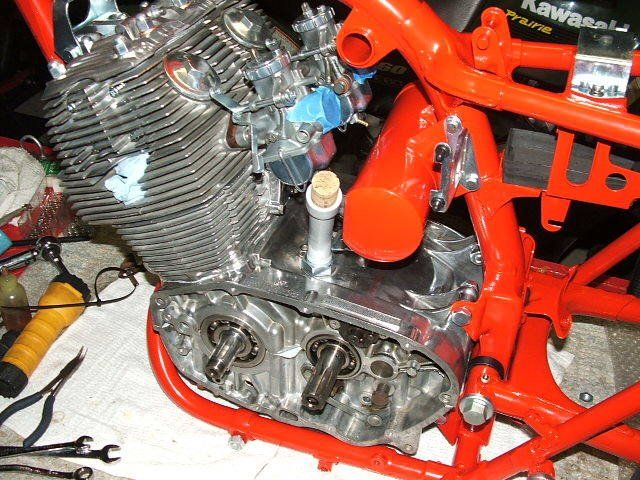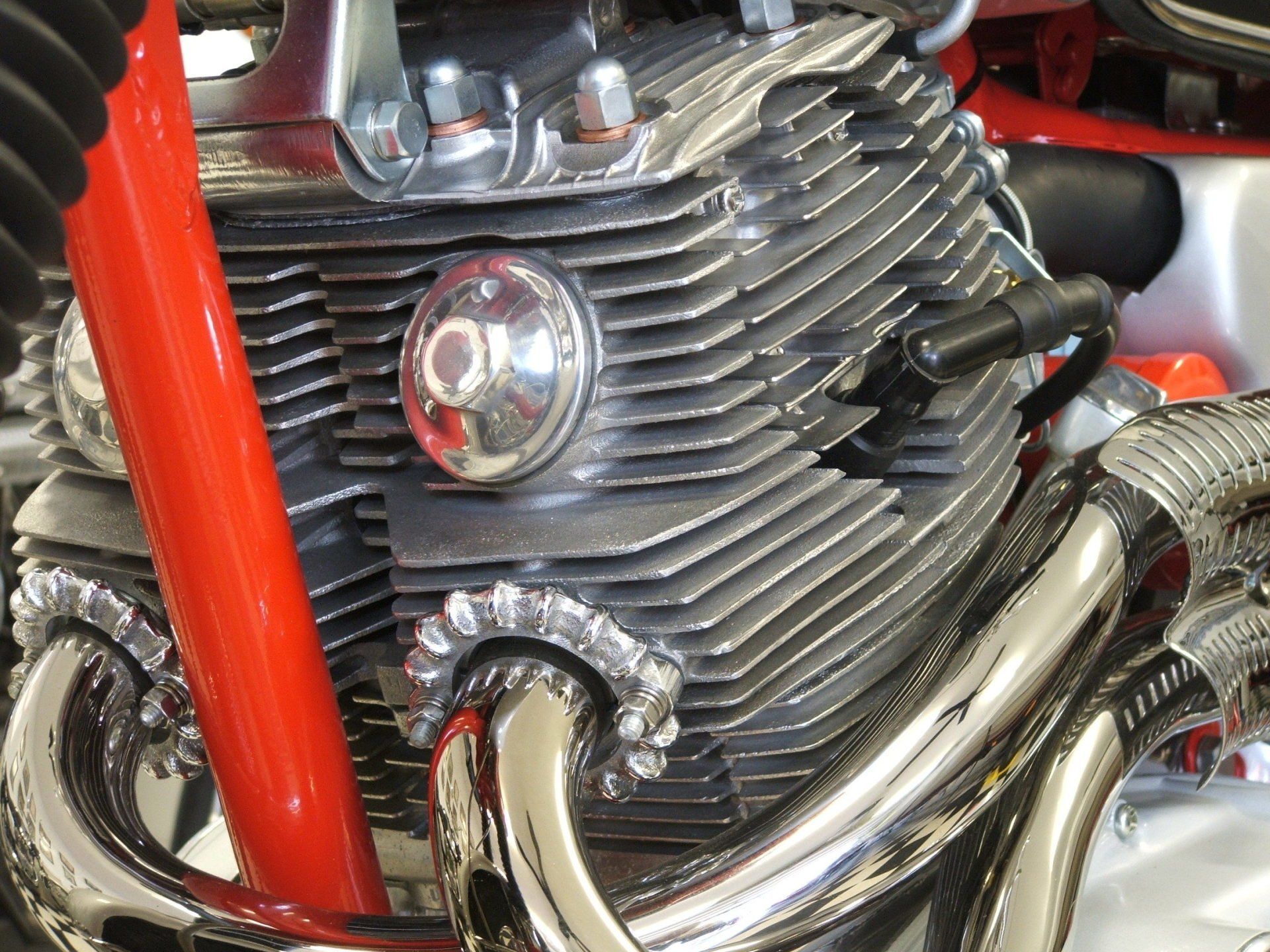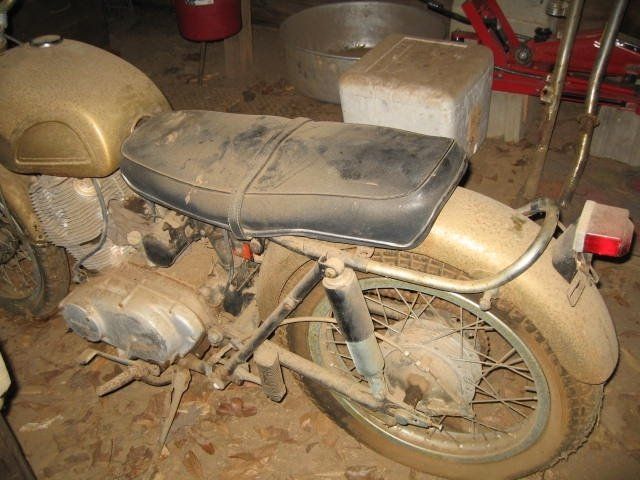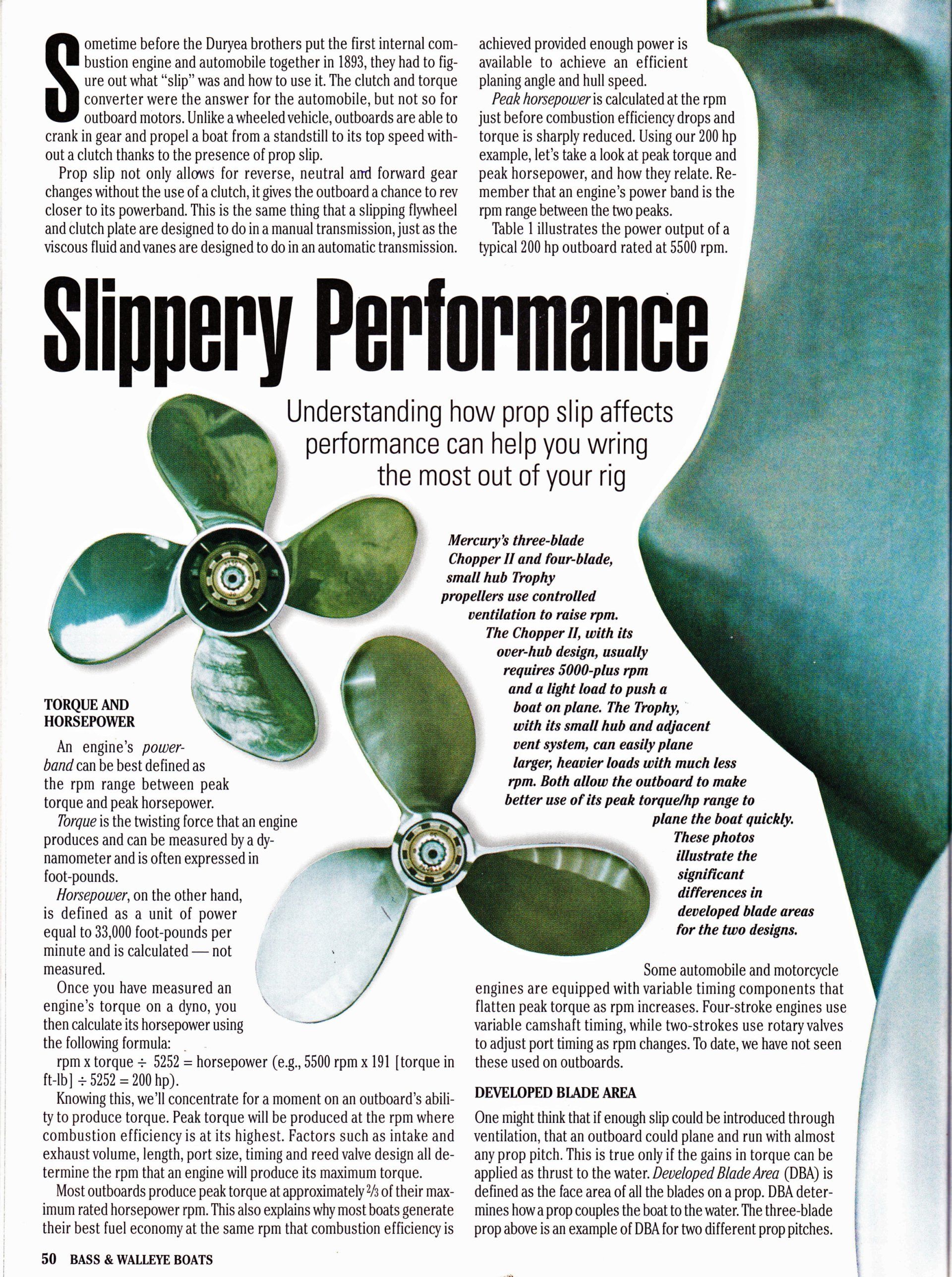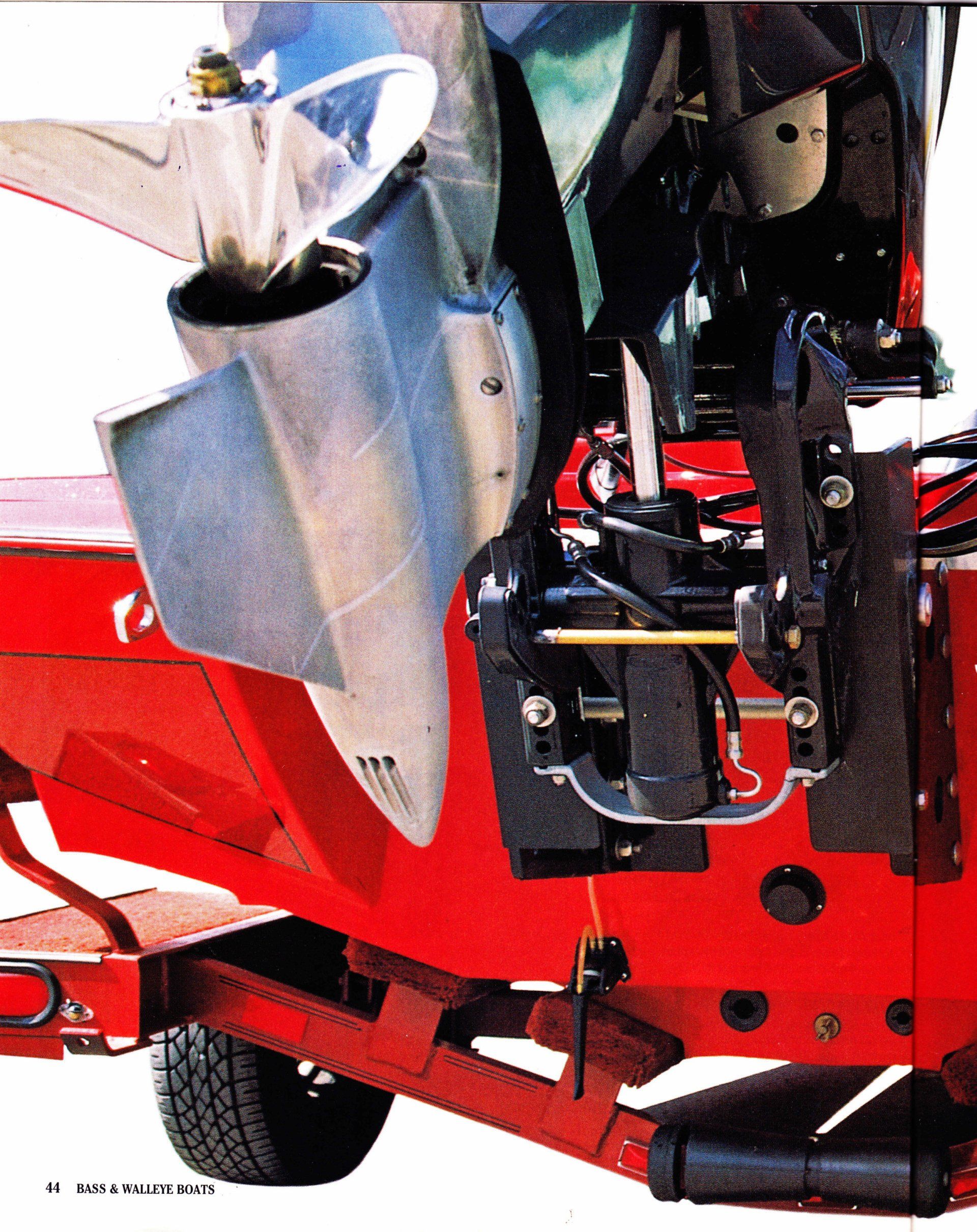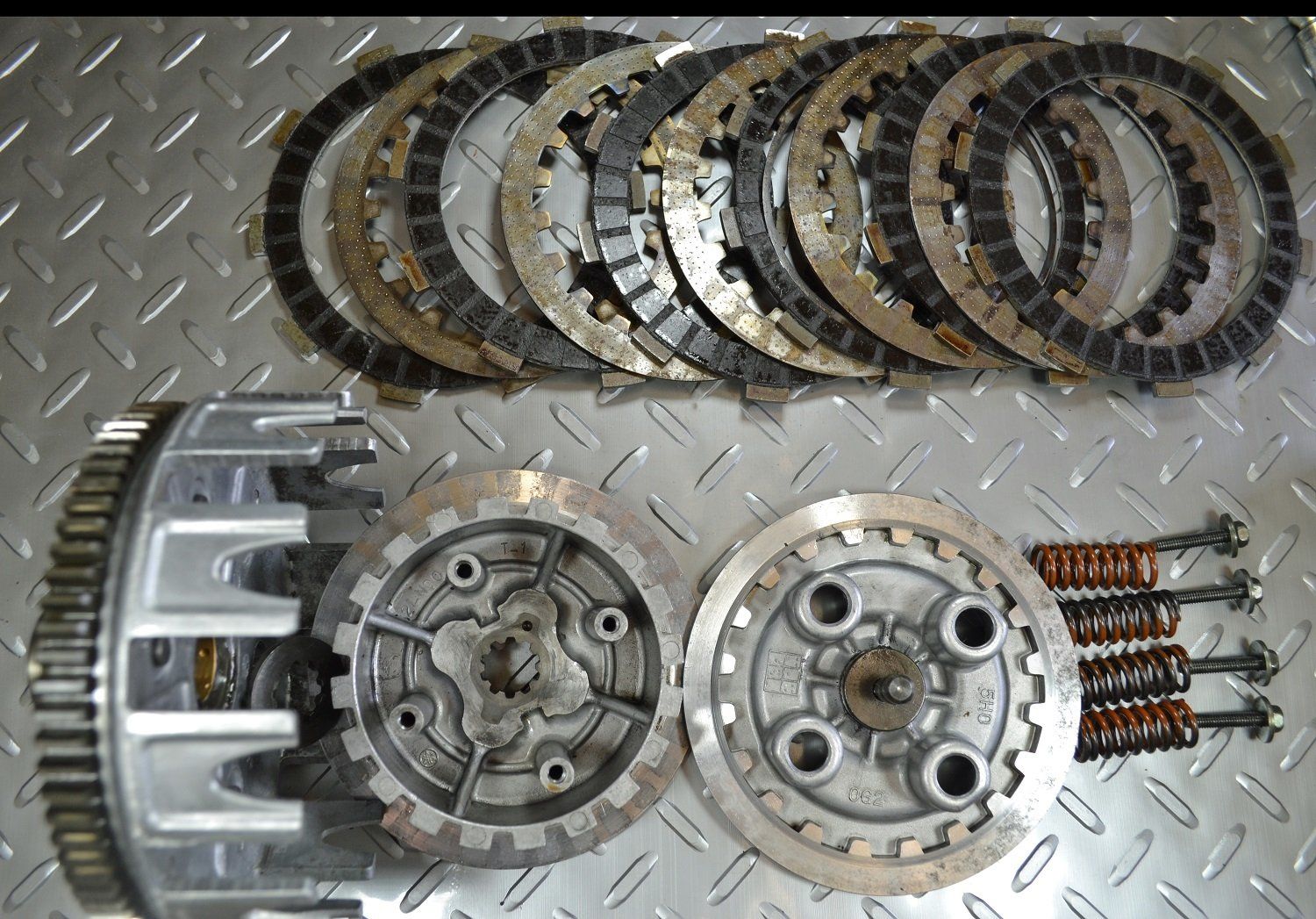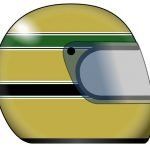Cleaning, Prep, and Polishing are hard work, but doing these with some planning and attention to detail will be very rewarding. We can erase decades of neglect and exposure in just a few hours. We’ll start with my 1974 GT750 Suzuki often referred to as a “water buffalo” or “kettle” because of it’s use of water-cooling. 2 Stroke, 3 Cylinder, engine. This is easily one of my favorites and most memorable restorations that took me a full year to complete, but as you see the results and attention to detail can be seen at every angle. I did the 1965 Honda CL77 305 Street Scrambler a year later and followed the same steps and procedures to get the results you see.
Before we ever plug the buffer into the wall, Eye Protection! We are dealing with speeds, metal, and something will fly. Trust me, 30 seconds of buffing and your googles or face shield will have debris.


